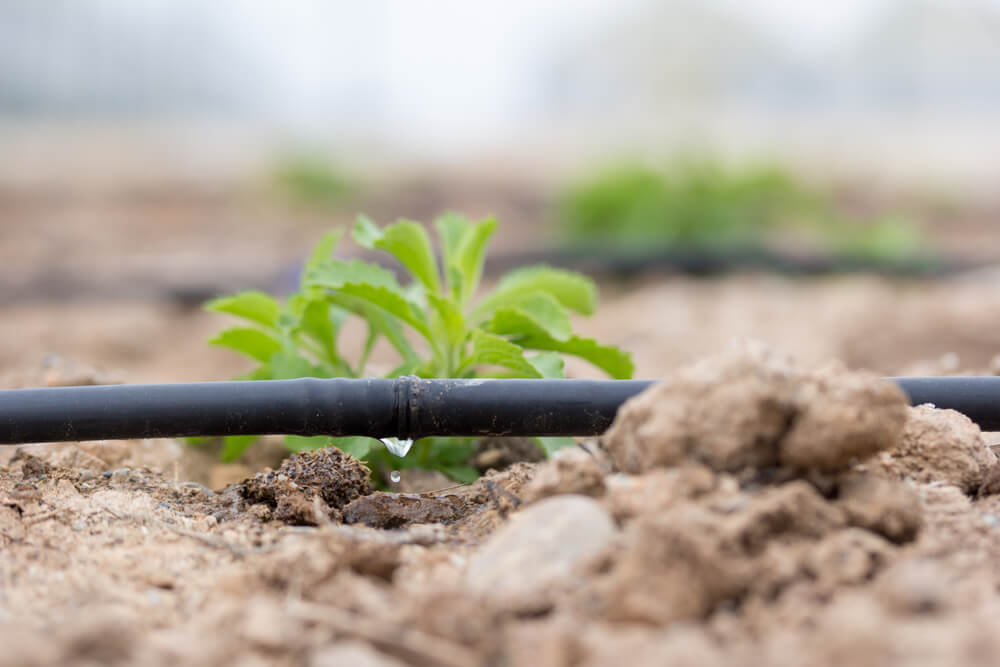Blog
India is facing serious water crisis: recycling and agricultural relocation could help
India appeared on the list of the most water-stressed countries due to the Chennai crisis and also the risk of groundwater shortage in Northern areas.

In June, Chennai and the serious water crisis scourging this Indian city gained global attention. Satellite surveys show the city’s main rain-fed reservoir Lake Puzhal aeri is only a fraction of what it was last year.
Other primary reservoirs, which are the source of water for Chennai Metro Water, have also dried up, causing Chennai Metro Water cut the water supply by 40 per cent.
Causes
The water shortage in Chennai is caused by several factors. One of the main issues undoubtedly include persisting drought. Last year was the sixth-warmest since 1901.
In the hottest months, the temperature regularly hits 50C. The situation is even worse since India is waiting for the arrival of the monsoon, which would lower the temperature, and, above all, raise the water reserve.

The government of the Tamil Nadu state, with Chennai being its capital, has also been heavily criticized with regard to the crisis for relying on the late arrival of monsoons, instead of taking immediate action. Unreliable rains and their late arrival has, however, not been unusual for several years.
Three pots of water per family
Water is an essential part of the human life. Its importance is, however, recognized only when we realize its shortage. The inhabitants of India, who face water shortage on a regular basis, are very well aware of that.
“We have really rationed water use and have enough, for the moment, for the ward toilets and the toilets in the out-patient department but it’s becoming alarming,” said Dr. Prabhu Manickam, an orthopaedic surgeon at the 24-bed hospital, for the Guardian daily.
Nassem Sheikh, the manager of a chain of restaurant, also faces similar difficulties. “We have stuck big ‘save water’ signs on every tap and have meetings with the staff every day to hammer home the need to conserve every drop. Luckily we have our own borewell for our water supply but even that seems to be drying up,” said the manager.
The crisis hit also other facilities. Many student hostels have closed due to the water shortage, the subway has turned off the air conditioning, and some companies have sent employees home...

However, being at home is no solution as the crisis is still present in the households, too. Entire families have only two or three pots of water in temperatures of more than 40C to manage their drinking and cooking needs as reserves leave very little or nothing for laundry or bathing.
And what is even worse, the municipal tanker allocating water comes only twice a week.
Possible solutions
World Resource Institute (WRI) summed up the information on alarming water shortage in the current version of overall water risk atlas which highlights 17 seriously water-stressed countries due to the lack of water reserve.

Overall water risk atlas.
Retrieved from: Wri.org
India appeared on the list of the most water-stressed countries for the first time due to the serious Chennai crisis but also the risk of groundwater shortage in Northern areas.
Even though the atlas doesn't bring any good news, it could help achieve positive changes. "India can manage its water risk with the help of reliable and robust data pertaining to rainfall, surface, and groundwater to develop strategies that strengthen resilience,“ says Shashi Shekhar, Senior Officer at WRI India.
One of the key changes also include the wastewater reuse and recycling. In terms of rainwater harvesting, India conserves only 8% - in paradox, the lowest in the world.

The country should also improve its agriculture. The crops as sugar cane and unhulled vegetables are still growing in regions facing water shortage. Such production should be relocated to less-stressed regions.
Instead, crops with lower water demand, such as corn or legumes, could grow in the crisis areas.
A change of irrigation could also efficiently help. Instead of conventional irrigation systems, the cropper could take a look at drip irrigation systems used near the roots, and thus avoid needless water evaporation.

Drip irrigation system.
Unplanned urban development, which damaged the wetlands near the cities, is also to blame for the water crisis. Experts, therefore, suggest also infrastructural solutions. Ideally, if the conventional, grey infrastructure was transformed into a more effective, green one.
More articles
The Danube has a problem: It suffers from an increase in plastic and pharmaceutical waste
At present, 322 million tonnes more plastics are produced than in 1950. Even the tenth of this will end up as waste in the sea.
